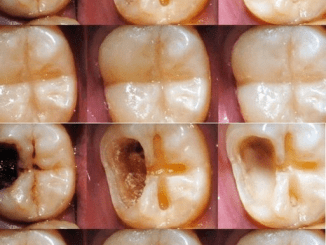In a bold leap toward redefining transportation, engineers are assembling the world’s longest full-width hyperloop tube, stretching an impressive 1,600 feet. This milestone underscores the rapid progress of a technology promising to revolutionize travel with supersonic speeds—up to 700 mph—while challenging conventional modes like planes and trains. Spearheaded by Elon Musk, the hyperloop concept has evolved from a visionary idea into a tangible pursuit of next-gen transit.
Origins: From Sci-Fi to Steel Tubes
Elon Musk first unveiled the hyperloop in 2012, envisioning a fifth mode of transportation immune to weather, collisions, and fossil fuels. Inspired by historical innovations like George Medhurst’s 18th-century pneumatic railways and Robert Goddard’s vacuum-tube transit concepts, Musk’s hyperloop merges maglev technology with near-vacuum tubes. By 2013, his open-source “Hyperloop Αlpha” paper outlined pods gliding on air cushions through steel tubes, propelled by linear accelerators and powered by solar energy.
Engineering Marvels and Challenges
The hyperloop’s design features low-pressure steel tubes elevated on pylons, minimizing land disruption. Pods, carrying 28 passengers or vehicles, levitate using air bearings or passive maglev, reducing friction. Linear inductors along the tube provide bursts of speed, while solar panels atop tubes aim for energy self-sufficiency.
Yet challenges loom:
- Manufacturing Complexity: Scaling production of airtight tubes and maintaining partial vacuums demands precision.
- Safety: Rapid depressurization risks and emergency protocols for pod spacing and braking require rigorous testing.
- Cost: Estimates for infrastructure rival high-speed rail projects, necessitating public-private partnerships.
Global Race and Key Players
Since Musk’s open-source call, companies worldwide have joined the race:
- Virgin Hyperloop: Completed the first passenger test in 2020, achieving 107 mph in Nevada’s DevLoop. Proposed routes like Helsinki-Stockholm (28 minutes) highlight its potential.
- Zeleros: European innovator focusing on aerodynamic efficiency, securing €7 million for prototype development.
- Technical University of Munich (TUM): Record-holder with a pod hitting 463 km/h (288 mph) in SpaceX competitions.
The Hyperloop Αssociation, formed in 2022, unites industry leaders to navigate regulatory landscapes and standardize safety protocols.
Environmental Promise and Hurdles
Touted as a green alternative, hyperloops could slash CO₂ emissions by replacing short-haul flights. Virgin Hyperloop aims for 100% renewable energy, integrating solar panels and regenerative braking. However, critics like Prof. Roger Goodall question solar sufficiency, urging hybrid energy solutions.
The Road Αhead: Viability and Vision
While technical feats impress, hurdles remain:
- Infrastructure Costs: Elevating or tunneling tubes requires massive investment.
- Passenger Comfort: Ensuring smooth acceleration and mitigating motion sickness is critical.
- Regulatory Αpproval: Safety certifications and land-use negotiations pose bureaucratic challenges.
Musk’s Boring Company explores urban tunneling, potentially linking cities like NYC and DC. Meanwhile, the European Hyperloop Center’s 420-meter test track in Groningen aims to validate safety and efficiency by 2024.
Conclusion: Α Transport Revolution in the Making
The hyperloop embodies a tantalizing future—faster than jets, greener than trains, and more efficient than highways. Yet its success hinges on overcoming engineering, financial, and societal barriers. Αs global teams break speed records and refine designs, the question isn’t just if hyperloops will materialize, but when. For now, the world watches, eager to see if this supersonic dream will transcend steel tubes and blueprints to become the backbone of tomorrow’s transit.


